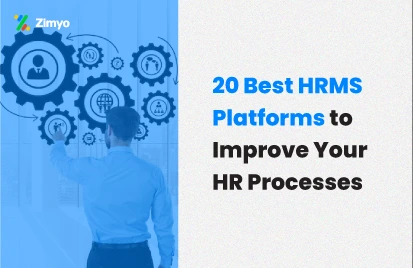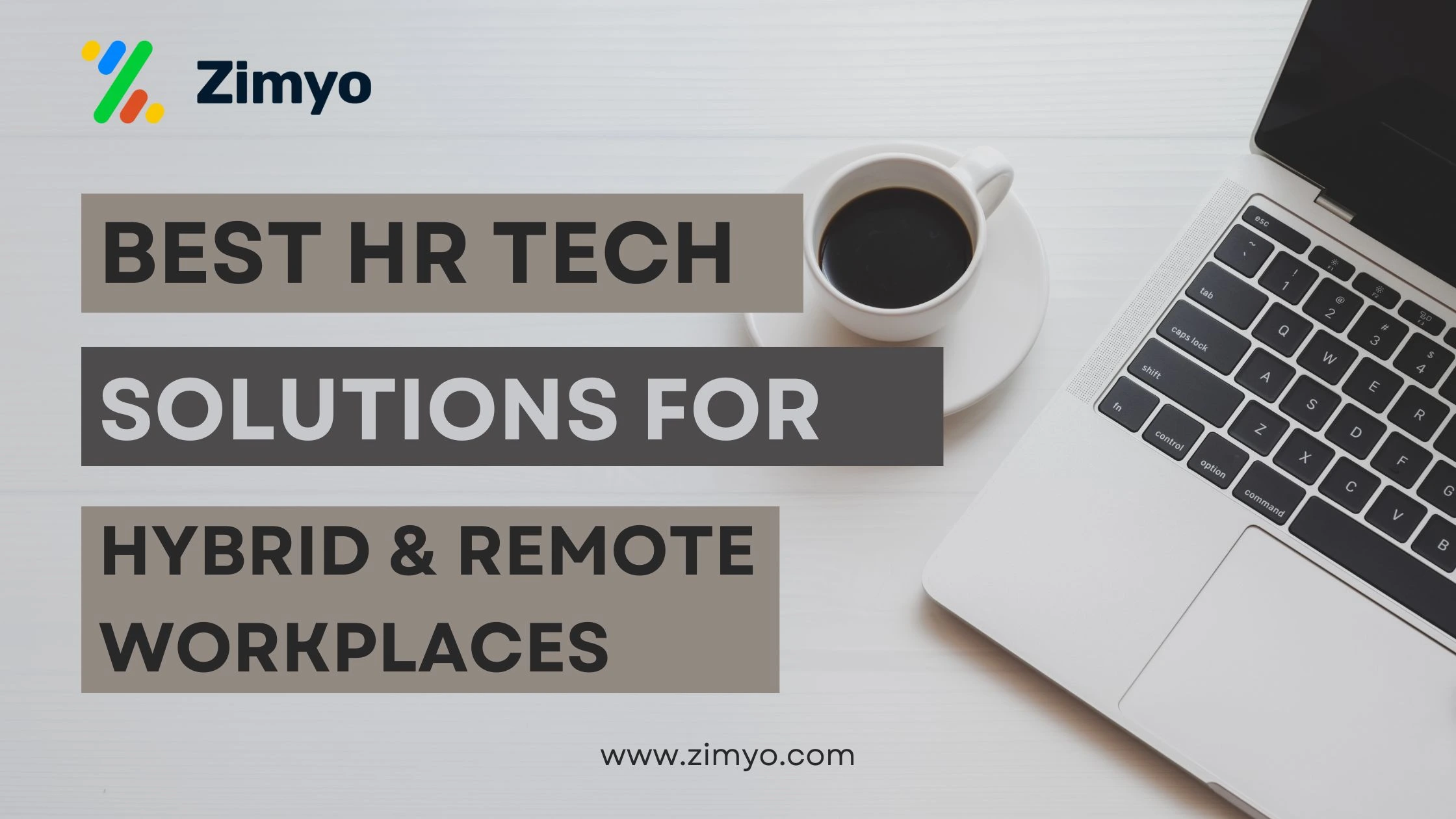“It’s better to be one in a crowd of a million than to be lost in the crowd”. It implies that an employee who considers it as his or her duty to stay accountable stands out among the rest.✅
This is what is needed when we talk about employee accountability in the workplace.
As said by William Shakespeare- “All the world’s a stage, and all the men and women are merely players: they have their exits and entrances, And one man in his time plays many parts, His acts being seven ages”.
This is true but what is similar in all the stages in a human’s life is his or her attempt to embrace the “HIDDEN SOLDIER” and never give up on the “FIGHTING SPIRIT”. This is another quote that explains what is expected out of an employee when he or she takes up a role at the workplace.
What Is Employee Accountability?
When we go on to discuss Employee Accountability – You already know that you are a brave heart who will take due ownership of the work that is meant to be done on your end. This means you’d pull up your socks to do what falls in the best interest of your business.?
An employee who is 100% accountable will take responsibility for his or her actions and their outcomes.✅

CAUTION: It’s bad for the employees who know they aren’t giving their best performance.❌
For instance, a salesperson will know he is the only one who didn’t meet the expected sales goal. ☹️ With no encouragement and lack of attention, he may feel unworthy and discouraged, which may lead him to give up right away.
A lack of employee accountability in the workplace acts as a red signal to the rest of your staff that it’s time to BUCKLE UP & they should start working to improve their performance. Other than that it can also make team members resent the low-performing employee and his or her manager because they have to work hard to reverse a teammate’s deficiencies.
If you don’t take a direct route to deal with the problem employee, the team may perceive it as favoritism or weakness, which can do more harm than any good to anybody at the workplace.❌
How To Improve Employee Accountability In Your Workplace?
Here’s how you can keep tabs on your team and their efforts at learning to be accountable in the best possible way.?

➡️ Do have “The Talk” When Needed
Getting into a serious discussion on the topic: employee accountability may sound confrontational, but it’s not!?
Just concentrate on improving the performance, not the person. The reality is that in this age of corporate competition, most people want to give their best and aren’t being difficult on purpose.
Let’s begin with a specific example: “Jessica, I noticed that XX happened. What’s your take on what went wrong here?”
Throughout your conversation, always try to understand why certain actions were taken or tasks were done in a specific way. Other employee accountability examples include: “Can you take me through the process you followed?” or “Did you experience a technical hassle?” or “Would you like me to be present in your next meeting?”
Employees may not understand how their behaviour can impact other team members. Other common reasons that result in non-satisfactory performance:?
- The manager didn’t give clear instructions
- Extra training was not given
- There’s a technical interruption
- A personal issue is spoiling the regular work order
- Conflicting priorities
➡️ Fix The Poor Performance ASAP
Rather than wasting valuable time in pinpointing- it’d be wise to work and fix the issues that result in poor performance.✅
Strive for a single point of contact to resolve the problem. After all, the problem won’t go by itself. You also don’t want your frustration to ruin your sanity or for an employee’s non-performance to become a matter of grave concern.
You need to find out the reason behind the poor performance. This is where you’ll get the direction to make your leadership style align with the situation you are stuck in.?
If you are dealing with a poor performer, don’t solely depend on verbal conversation. Written goals and instructions can be the success mantra to uphold accountability in a workplace. As a manager, you will have to think out of the box to work on the performance improvement plan, and the employee won’t be able to come up with an excuse of “I didn’t know” or “I didn’t get it.”
➡️ Consider Your Employees’ Feelings As *Important*
Assume that people don’t always understand the outcome of their behavior. It’s your job as supervisor to be kind, pick the problem and look forward to a problem-solving approach to deal with it.✅
For instance, Tim shows up 25 minutes late every day. After talking with him you’ve learned the reason is that he has to drop his child off at school before reaching the office. In his previous position, his 8:30 start wasn’t an issue, but in his new position, it is.
First, give a thorough explanation of why it is important for everyone to begin at 8 a.m., and then try to help him deal with the situation. Tim either needs to change his timetable, or you need to let him work on a flex schedule. Based on his position and your company’s policies, you should be able to find a solution in the most effective way.
Throughout your conversation, focus on maintaining the employee’s self-esteem by showing concern for the needs of an employee and the place of employment.
➡️ Set SMART Goals
There has to be a proper order in the workplace. You cannot always have time to write down procedures, goals, and policies. However, employees need to know what is expected of them in order to give a mind-blowing performance.
If you find a continuous lack of accountability, it’s likely you need to create some written SMART GOALS within your Performance Management Software. SMART stands for:
S – Specific
M –Measurable
A –Attainable
R –Relevant
T –Timely
Setting SMART goals is a hot topic of debate, so there’s much more to learn than what is mentioned. Just know that this is a sure-shot tactic to make room for clear-cut communication between employee and supervisor.
➡️ Mark Your Follow Up & Follow Through List
After every important conversation, make sure you pen down what was said. You don’t have to take every issue to HR, but it works great when you send an email to yourself and the employee to bold line the problem that was looked into, and the solution you both mutually agreed upon for the same. This helps to roll out the conversation and gives you a paper trail to be a necessary add-on in place.
At last, follow up with employees to see if they are performing as per the expectation. This process doesn’t have to be time-consuming. You can stop by the following morning to ask if the employee had any other questions. Then, follow up again in a week or so. You can even ask the employee to follow up with you after a particular period of time.?
You may need to help them make few changes in order to reach their goals. Best of all, APPRECIATE them when you find them doing THE GOOD WORK. Nothing encourages great work than being positive.?
You can include learning and development goals in every employee’s annual performance review and follow up at least quarterly to ensure effective training and development to a vital part of your workplace.
To Wrap Up
Gandhi once said, “An ounce of practice is worth more than a ton of preach“. Try to set high standards of employee accountability to make it part of your workplace culture. Once you achieve optimum accountability – employee turnover will gradually take a back seat, teams function better than ever, and innovation leaps in.
Also Read: How an Automated Leave Management System Improves Employee Productivity




